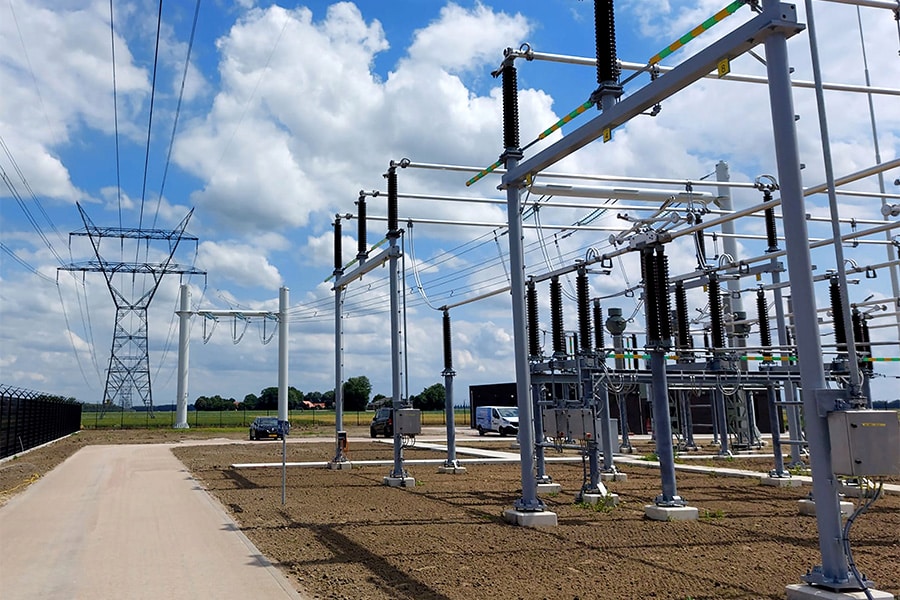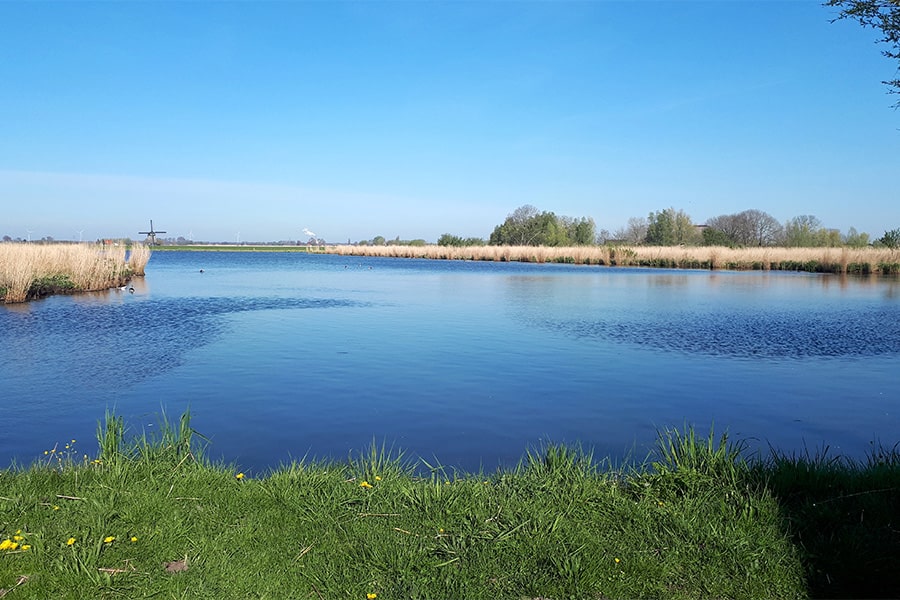
Slow traffic bridge made of steel and composite
Part of the large-scale metamorphosis of Ede-Wageningen station is the construction of three track crossings. Two under the tracks and one above the tracks. The latter is special and quite unique by Dutch standards. Takke Breukelen was called in to work with Van Hattum en Blankevoort, part of contractor combination EdesPoort, to implement a substantial weight reduction compared to the initial design without impacting the aesthetic quality of the slow-traffic bridge.

The slow-traffic bridge is a 50-meter-long structure with a concrete intermediate pillar. "Because of a switch in the track, the intermediate pillar cannot be positioned in the middle of the bridge. According to the regulations, there must be no obstacle in an area of 10 meters around the switch," explains Jorn van Herwijnen, design coordinator at Takke Breukelen. As a result, the bridge was cut into a 32-meter section and a shorter 18-meter section. The original design assumed longitudinal steel trusses and transverse steel girders with a concrete deck. That would result in such a weight for the 32-meter section that Van Hattum en Blankevoort could not "straighten out" the intended slender design of the concrete intermediate pillar according to the image quality plan. Reason to look together for an alternative."
Substantial weight reduction
With more than 100 years of knowledge and experience in construction work, Takke Breukelen builds numerous projects every year. "In principle, the initial design of the slow-traffic bridge was largely retained. The steel trusses have been retained, as have the composite edge elements and the wooden panels on the inside of the bridge," says Van Herwijnen. "The structural deck, on the other hand, between the steel trusses has been modified, with the concrete with an asphalt overlay being dropped in favor of a composite deck with wear layer for the bike path. The footpath has not been tampered with. In the new situation, that too will be executed with tiles for which a sand bed will be applied to the composite deck. With the composite deck, we manage to achieve a substantial weight reduction and thus preserve the slender design of the concrete intermediate pillar."
Own frequency
Takke Breukelen, together with Van Hattum en Blankevoort, designed the slow-traffic bridge entirely in 3D in an integrated model. Van Herwijnen: "This included the detection of all interfaces (bridge deck, joints, pillar, abutments) and also the road alignment in relation to the underlying railroad. We have now completed the design and have started execution. The two bridge sections are completely made at our facility in Breukelen and already assembled before conservation. In this way, we can check whether everything fits and matches the 3D model, so that we will not run into any unforeseen issues during the hoisting in the planned train-free period in May 2023. Everything will then be disassembled, preserved and transported to Ede. Here the bridge is assembled next to the track, put into place in a few hoisting movements and is ready for use almost immediately. Finally, vibration dampers on the steel trusses ensure that the bridge never comes into its own frequency."
The slow-traffic bridge will soon be designed to allow pedestrians, cyclists and service vehicles, such as gritters, to cross the tracks safely.



